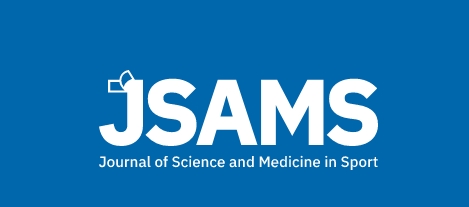Weston M1, Castagna C2, Impellizzeri FM3, Rampinini E3, Abt G.4
1, Professional Game Match Officials Limited, The FA Premier League, London, UK;2, School of Sport and Exercise Sciences, Faculty of Medicine and Surgery, University of Roma Tor Vergata, Rome, Italy;3, Human Performance Laboratory, S.S.MAPEI, Castellanza, Varese, Italy;4, St. Martin’s College, Lancaster, UK

The aim of the present study was to examine the influence of first half activity, overall match intensity and seasonal variation on the physical match performances of English Premier League football referees. Match analysis data was collected using the Prozone match analysis system from 19 full-time professional referees during a total of 254 matches in the 2004-2005 season. Physical match performances were classified into three separate categories: 1, total distance covered (TD); 2, high-intensity running distance (running speed>5.5m/s, HIR); 3, average distance from infringements (DI). Using these match activity variables the influence of first half TD and HIR distances on second half activities and also the influence of players’ match activities upon the referees’ physical match performances were examined. The main finding of the present study was that the physical match performances of the referees were partly related to those of the players, in that the referees’ HIR correlated with players’ HIR (r=0.43, p<0.0001, n=212). Furthermore, first half TD and HIR distances were found to be related to second half coverage in referees (r=0.47 and r=0.52, respectively, p<0.001, n=254). These results demonstrate a need to assess the overall match intensity prior to examining the physical match performance of the referee. Further examination is required as to whether reduced physical performances in the second half of matches are a consequence of referee fatigue, tactical strategies on behalf of the referee or reduced player match activities resulting in a slower tempo of match.
J Sci Med Sport. 2007 Dec;10(6):390-7. Epub 2006 Nov 28.
PMID: 17126077 DOI: 10.1016/j.jsams.2006.09.001